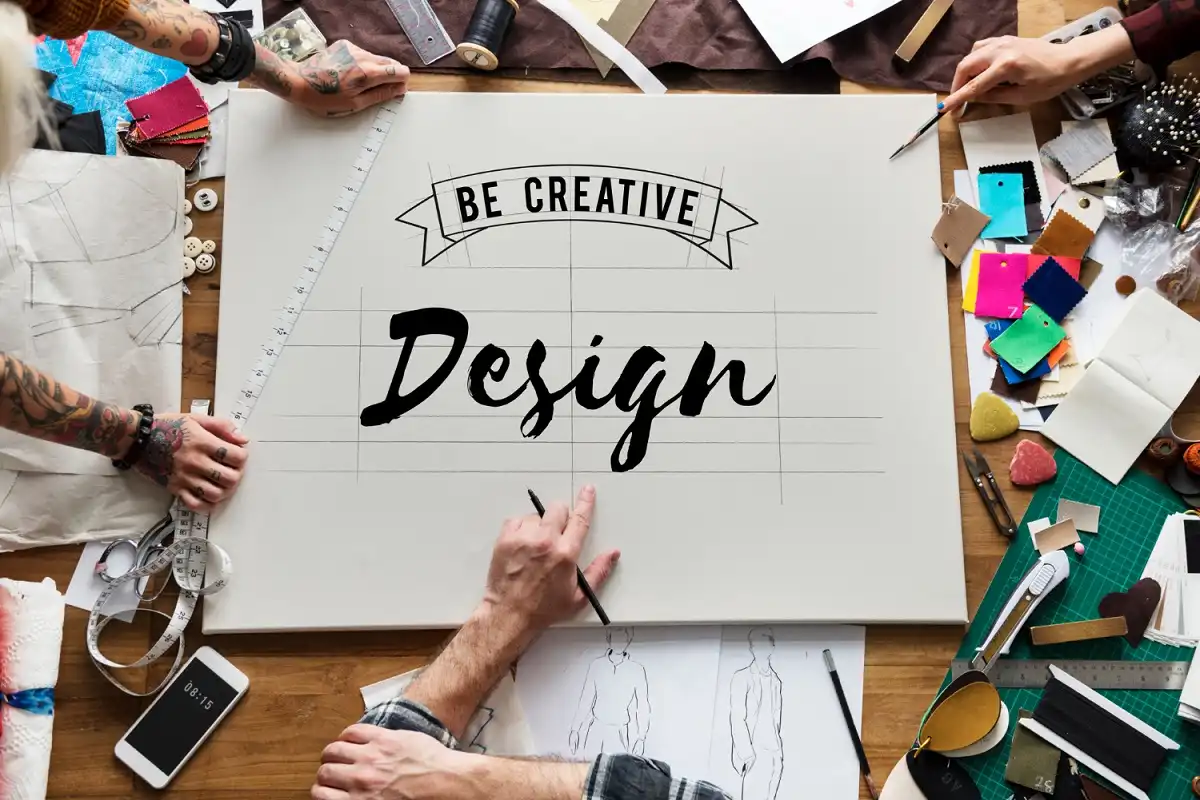When it comes to creativity and vision, you can not quantify it. It is a subjective notion of mental resourcefulness, which can produce miracles regarding visual and non-visual objects. Because of this, fields like design and creativity involve the interplay of innate abilities and intrinsic talents.
When it comes to designing, whether digital or manual, inspirations are like lifelines, these are the eventual peace resorts for designers, around which they can make up castles of their creativity. Inspiration does not demand something sophisticated or highly technical. Even the simplest things around you can lead you to make up a masterpiece.
“The creative process is a process of surrender, not control”
Julia Cameron
If you are a designer, try to learn to surrender. Surrender from the struggle of finding formulas, rules of thumb, and proportions. After all, design inspiration has nothing to do with any of these. Inspirations always come when you learn to see every object in its most natural form. Inspiration attained through the natural tendency of the objects will always attract the audience. The greatest is the artificiality of a design; the lesser will be the capacity of the audience to connect. Try not to control your inner natural flow; surrender to your style. Look around; see for inspiration, but never control your natural design style. An original is always better than a controlled one, with elements of copying and replications
Life of a designer is a life of fighting- against monotony and dullness
Now when you have decided to be on the creative side of the life continuum, be daring to face the challenges. Look around for objects, physical dimensions, and mental models, but try to use these ideas for crafting some creative ways which can add variation, newness, and novelty. If night connotes darkness for all others, try to get inspired by twinkling stars and a bright moon. These simple yet novel things can only be seen by a designer, which makes him creative. You cannot see the “simple things” with the stereotypical lens.
Intentionally make up a struggle to leave the mob thinking. Those who follow the mob can never emerge as leaders. The same is the case with designers; if you follow the same line of reference just like the others do, you will end up in mere mass production, devoid of creativity and charisma.
Everything is designed, and few things are designed well
Look around for buildings, logos, paintings, and other creative pieces. These are all the creations of some designers and artists. Even the tiniest cup you hold in your hand or the toothbrush you use are creations with designs, yet never restrict your thinking to these made designs. Look for inspiration, not for formulas. Perfection is nonexistent. Look to creations with an approach to improvement and development. If you restrict design inspiration to copying intentions, you will never ever reach the eventual height of creativity. Designing is not about producing batch products like an assembly line. It is about making every design with a new blueprint.
Wander without purpose
Look around, explore, and wander. The life of a designer needs these freestyle activities. Never start looking for something with some prior concrete image in mind. Just widen your frame of reference but with vivid and loose boundaries. Wait for surprise inspirations from some blooming flower, a smiling child, and breezy weather. The purpose defined beforehand will restrict your translating abilities of creativity.
Everything is a work in progress
When looking around the objects and inspirations, see them as workstations rather than forming a concrete view. Everything can be enhanced. The full stop is the end of creativity, which a designer can never afford.
Design ideas cannot be magic pills that will affect within seconds. Every idea will follow different stages of fluidity and solidness. These stages can be recurrent until the designer gets satisfied with the end product. So look around to simple things and see how the gel stage of these ideas can be turned into a solid state with innovation.
Learn from mistakes
Many designers expect our pens, tools, and apps to be foolproof. It is quite artificial or idealistic to think like that. Look around for inspiration and use mistakes as inspiration too. The last time you made the worst of your sketches should be the inspirational statue for the next sketch. It will entail the best amalgamation of improvement and creativity. Mistakes are fatal as long as they stay. Once removed, you can say it is a lesson.
Try to be free on your canvas of design, whether digital or manual. When over-conscious about refraining from mistakes, you will not get the height of natural creativity. Let it flow out what is inside you, and then play with these design strands to form a perfect piece.
Look around for symmetry, texture, and color combination
When looking around the subject of interest, you as a designer need to be careful about the details. Look for texture, color combination, and symmetry used. It will guide you to pursue or leave a particular pattern of design. Looking for these details is the eventual destiny of a designer. Creativity may not call for concrete dimensions and measurements, but after the inspirations, there comes the execution, which is surely governed by these technical details.
You can apply these observations and execution agendas on your canvas of imagination. Although these are not rules, they can be helping hands for better predicting the success of your design. Simple things can have large momentums of insight and motivational appeal. Inspiration for designers can be everywhere. All that it needs is an awakened soul and a creative eye. Once taken, creative inspirations will be translated into highly creative and admirable designs.


Leave a Comment